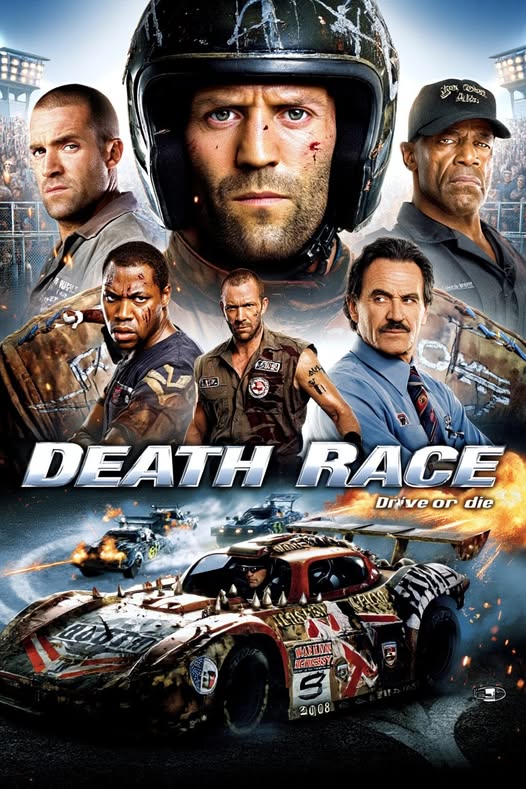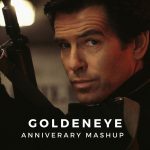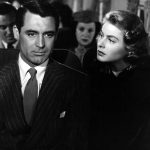🎬 DEATH RACE (2008) — Drive or Die

🎬 DEATH RACE (2008) — Drive or Die
In the bleak, near-future ruins of the American justice system, Death Race emerges as both bloodsport and capitalist spectacle. Set in Terminal Island, a privatized prison where inmates are forced to race for their lives, the film blends dystopian violence with high-octane action. The central character, Jensen Ames (played by Jason Statham), is a former NASCAR driver who finds himself framed for his wife’s murder. The motive? To coerce him into becoming the masked racer known as “Frankenstein.” His prize for winning the deadly race: freedom. But the cost of losing is simple—death. And in a world like this, everyone’s watching, betting, and bleeding for entertainment.
Jensen’s entry into Terminal Island is not the beginning of his punishment—it’s the start of a twisted game he never asked to play. Behind the scenes is the cold, calculating warden Hennessey, played masterfully by Joan Allen, who manipulates lives like pawns on a chessboard. She offers him a chance to race as Frankenstein, a legend behind the wheel whose death is kept secret to preserve the brand. But the cost of this role isn’t just danger—it’s identity, trust, and moral erosion. Forced to wear a mask, Jensen must navigate a battlefield disguised as a racetrack, filled with traps, flamethrowers, and fellow inmates turned gladiators. Winning means more than just surviving—it means taking down the system from the inside.
Every vehicle in Death Race is a beast forged for battle—spiked grills, steel armor, and hidden weapons. These aren’t cars. They’re tanks on wheels, customized by inmates with the desperation of people who know one wrong turn ends everything. Tyrese Gibson’s character, Machine Gun Joe, serves as both rival and reluctant ally, bringing an electric fire to the screen. His rage is personal, his strategy ruthless, and his goals just as desperate. The two men begin as enemies, each racing for survival, but slowly realize their real enemy isn’t on the track—it’s in the control room. The alliance that forms between them is hard-won and built on shared hatred for a system designed to destroy them.
But Death Race isn’t just metal, engines, and bullets—it’s also about reclaiming agency. Through the chaos, Jensen’s humanity reemerges. His interactions with his navigator Case (played by Natalie Martinez) spark moments of connection amid the carnage. Case, a fellow prisoner with her own past of exploitation and manipulation, becomes a symbol of hope and loyalty. Together, they form a bond that counters the film’s otherwise brutal tone. These rare, tender exchanges elevate the story beyond spectacle, reminding us there’s still something worth saving in a world so far gone. They aren’t just racing for freedom—they’re racing to feel human again.

The cinematography of Death Race is deliberately gritty—metallic hues, explosive cuts, and relentless pacing that rarely lets the audience breathe. Director Paul W.S. Anderson crafts a world that feels like a mixture of Mad Max, Gladiator, and The Hunger Games on speed. The editing is sharp, with race sequences choreographed like battle scenes—every bullet, skid, and crash timed for maximum impact. The soundtrack pulses with aggression, blending industrial rock and techno-metal to keep adrenaline levels high. It’s the kind of movie that doesn’t apologize for its chaos—it invites you to buckle in and brace yourself. Every sound, every visual, is a part of the machine.

What truly makes Death Race resonate, however, is its critique of a society addicted to spectacle. Inmates killing each other for corporate gain isn’t just fantasy—it’s a dark mirror of a culture willing to exploit pain for profit. The prison-industrial complex becomes a metaphor for broader systems of control, entertainment, and disposability. Audiences inside and outside the movie cheer for death. The question arises: are the inmates truly the prisoners, or are the viewers just as trapped? The film forces us to examine how far we’ve gone—and how close we are—to living in a world where suffering is sold as sport. It’s brutal, but it’s not mindless.
By the film’s climax, the final race is more than just a final lap—it’s rebellion. Jensen and Joe orchestrate a plan that upends the very structure of the prison. Explosions rain down. The myth of Frankenstein collapses. And in the fire, a new truth is forged: they are no longer pawns. Freedom isn’t granted—it’s taken. Hennessey’s empire falls, not with mercy, but with the kind of justice only desperation can deliver. It’s a satisfying payoff for the tension built across the film’s hour and a half, rewarding the audience with the kind of vengeance-fueled catharsis only gritty action cinema can deliver. The system built on steel is brought down by fire.

Jason Statham’s performance is the anchor of the film. His physicality, minimal dialogue, and quiet intensity make Jensen Ames a believable hero in a world without rules. Statham doesn’t play him as a martyr or an action figure—he’s a survivor, a fighter, and ultimately, a symbol of resilience. His chemistry with both Tyrese Gibson and Natalie Martinez adds depth to an otherwise straightforward revenge plot. The ensemble cast, particularly Ian McShane as Coach, injects moments of humor and insight, balancing the bleakness with wit and heart. Each character brings something to the narrative—fueling the machine of the story while keeping it grounded in humanity.
Death Race may have begun as a remake of the 1975 cult classic Death Race 2000, but it stands firmly on its own four wheels. Gone is the camp and satire—in its place is a raw, industrial thrill ride with a darker, more grounded tone. It’s unapologetically violent, but never boring. It wears its R-rating like a badge of honor and delivers what it promises: speed, blood, rebellion. And beneath the destruction lies a beating heart—a story about reclaiming freedom from the hands of those who sell it to the highest bidder. It’s action cinema boiled down to its most primal elements: drive, kill, escape, repeat.

In today’s world, where spectacle often replaces substance, Death Race manages to offer both. It’s entertainment with teeth. The kind of movie you watch late at night with the volume high and the lights off, letting the roar of engines and the scream of steel wash over you. It doesn’t try to be subtle, and it doesn’t need to be. It knows exactly what it is—a high-speed, metal-clashing war for redemption. And it delivers. By the time the credits roll, your pulse is elevated, your mind racing, and your loyalty firmly with the underdogs. Because in this race, there are no spectators. You’re in the car too.










